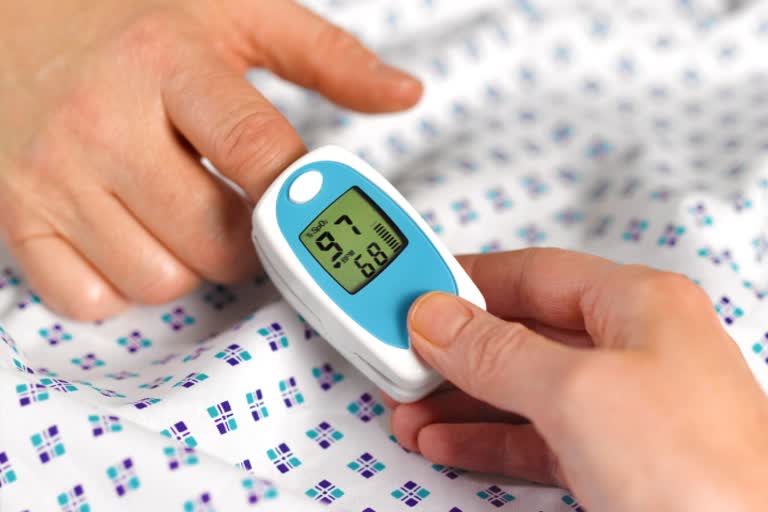The continuous surging cases of COVID-19 in India has created a panic situation and people are trying every possible way to either prevent it or to avoid hospital admissions if they are infected. If a person has contracted the virus, checking the vitals every now and then has been recommended by the doctors. These include continuous monitoring of body temperature and blood oxygen levels, which is why almost every household has a thermometer along with an oximeter. The demand for pulse oximeters has increased tremendously in the market and people have become more aware about it. But what kind of a device is it and how does it work? Let us know more about it.
What Is Oximeter And What Are Its Uses?
An oximeter is a small electronic device, which measures the levels of oxygen in the blood through the sensors in it. The oximeter is put on like a clip on a finger and sometimes can even be checked through toes or earlobe. It monitors how well our heart is pumping oxygen to other parts of our body, with the help of a small beam of light, that passes through the blood in the finger and examines the movements. It measures the blood oxygen levels as well as the pulse. When using an oximeter, place your finger inside properly and remember to not move it till you get a stable reading. If you keep your finger moving, the reading can be wrong. Not just in the current situation, an oximeter is also an important device used during operation and during intensive care in hospitals.
Importance Of Monitoring Oxygen Levels In Patients Having COVID-19
Regular monitoring of oxygen levels in patients suffering from COVID-19 is very important because in most patients, the oxygen levels start fluctuating or dropping and this is when they need constant medical assistance. When the oxygen level starts dropping a person may experience difficulty in breathing. An ideal reading on the oximeter is, SPO2 (oxygen saturation level) must range between 95-100%. Currently, the SPO2 levels till 94% is being considered normal. However, if the reading is 90% or less and is continuously dipping, seek medical help immediately. The person may need to be hospitalized. By the time a bed is arranged, lie in the prone position, but if any discomfort is experienced, do not continue it. Be in constant touch with the doctor, until everything is arranged.
